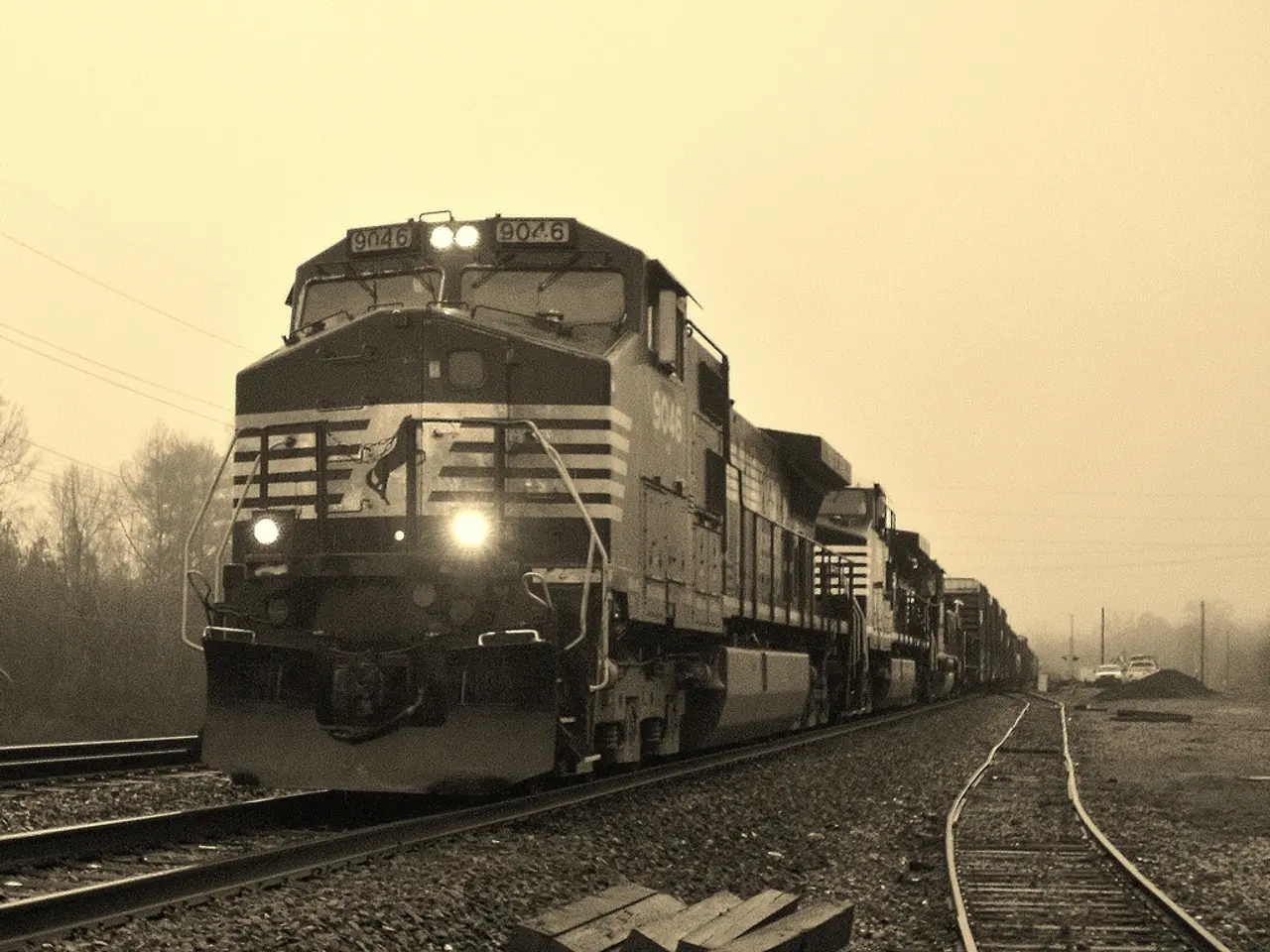Italy affirms seamless high-speed rail connection with Germany and Austria, slated for completion by 2026
**Trenitalia's Frecciarossa Trains Expand to Germany: A New Cross-Border High-Speed Connection**
Trenitalia, Italy's national railway company, has announced ambitious plans to extend its high-speed services to Germany, aiming to compete with Eurostar on the London-Paris route by 2029. The new connections will link Milan, Rome, Munich, Berlin, and Naples, offering a direct service between Italy and Germany that passes through Austria.
The reopening of the Brenner Base Tunnel rail link is expected to significantly reduce travel times. With this new route, the journey time between Milan and Munich is anticipated to be cut by an hour, making the trip approximately 6.5 hours, while the Rome-Munich route is expected to take 8.5 hours. The line will also cater to transport demands for other destinations such as Frankfurt and Krakow, with the support of German infrastructure.
Trenitalia has made agreements with Deutsche Bahn, Germany's railway company, and OBB, the Austrian operator, for these new cross-border high-speed connections. As part of these agreements, Trenitalia plans to operate a total of ten high-speed routes between Italy and Germany from December 2028, including Milan and Munich, Milan and Berlin, Rome and Munich, Naples and Munich, and Naples and Berlin.
The new high-speed connections from Milan to Munich and Rome to Munich will become operational by 2026. Trenitalia's Frecciarossa high-speed trains will operate on these international routes, marking an extension of their services beyond France, where they currently offer high-speed connections primarily on the Milan-Paris route.
However, as of mid-2025, Trenitalia has not yet started or announced the operation of Frecciarossa trains on direct international routes between Italy and Germany. The European Commission has chosen the rail link between Italy, Austria, and Germany as a pilot scheme for a wider "European Metro" improved high-speed rail network. This suggests that the plans for the new high-speed connections are part of long-discussed plans confirmed by FS Group.
Trenitalia already operates several non-high-speed cross-border routes, including Venice-Vienna, Trieste-Ljubljana, Milan-Zurich, and Verona-Innsbruck. The company is also evaluating possible extensions of its London-Paris service, including routes through Lille, Ashford, Lyon, Marseille, and Milan.
In conclusion, while Trenitalia's Frecciarossa trains have not yet started operating direct international routes between Italy and Germany by mid-2025, the company's plans for these new connections are well underway, with agreements in place and operational dates set for the near future. The new high-speed connections will offer travellers a faster and more convenient way to travel between Italy and Germany, passing through Austria, and are expected to significantly improve the European rail network.
- The new cross-border high-speed connections by Trenitalia will not only link major Italian cities like Milan, Rome, and Naples with German cities, but will also extend to other destinations such as Frankfurt and Krakow, demonstrating an expansion in the transportation industry.
- The automotive sector may be impacted by these new high-speed rail connections as travelers may opt to use public-transit instead of cars for travels between Italy, Germany, and Austria, potentially leading to a decreased demand for automobiles.
- Finance plays a significant role in the implementation of these new high-speed rail connections, as investments are required from both Trenitalia and German infrastructure to fund the new routes and the train services. This investment exemplifies the finance industry's involvement in advancing the transportation industry.




